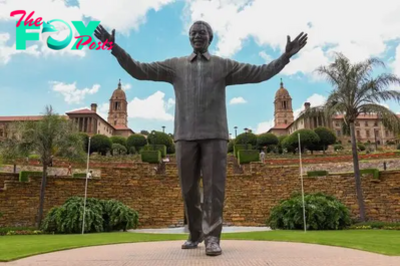Travel
A Beginner’s Guide to Kruger National Park: Discover the Big 5
Author Jason deLang has travelled South Africa extensively in his life. He explored the Kruger National Park on a recent road trip through this beautiful country that he calls home.
The Kruger National Park, located in northeastern South Africa, is one of the largest national parks on the entire African continent! It also happens to be the oldest national park in South Africa, and it is nothing short of spectacular. I have had the privilege of visiting the park on a few occasions and each time I count myself lucky to be able to visit such an incredible wilderness.
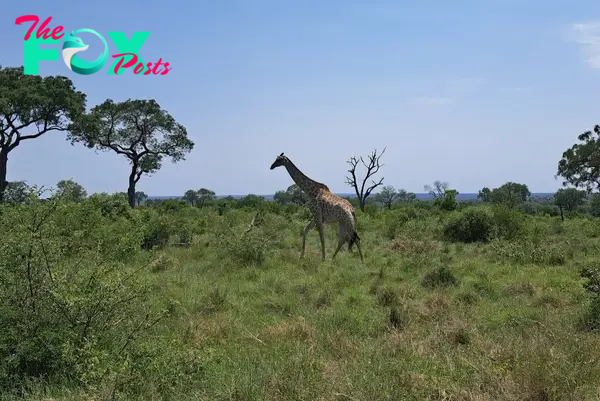
Given my passion for the park, I’ve compiled this guide to provide first timers like you, who are considering a visit, with some of my (limited) knowledge. This is with one ultimate goal in mind – so that you, too, can experience the wonderful world that exists inside the Kruger National Park.
History of the Park

The Kruger National Park was first established as a national park on May 31st, 1926, although the history of the park dates back further than that. In 1884, Paul Kruger, a prominent name in South African history, identified that in order to protect the wild animals of the Lowveld, hunting needed to be restricted. It was through his conservation efforts that hunting was restricted between the Crocodile and Sabie Rivers – the first step in establishing the park.
It was then in 1898 that the first recognised Game reserve was established – The Sabie Game Reserve. Then, in 1926, The Sabie Game Reserve officially changed its name to The Kruger National Park, named after Paul Kruger, which it is known as to this day.
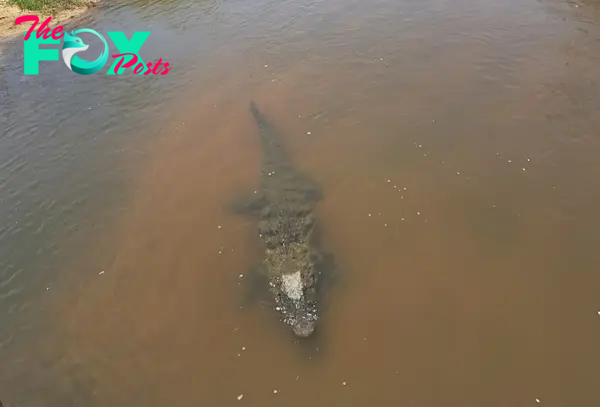
The first motorist entered the park the following year in 1927 and the park remains one of the largest of its kind on the entire African Continent today. It continues to attract tourists from far and wide, eager to see the Big 5 in all its glory, just as it has done so for almost 100 years!
Getting to the Kruger National Park

I am lucky enough to have family that farm up in the Mpumalanga province, a couple hours’ drive from the closest park gate (yes, there are multiple entrances to the park). 10 to be exact. So, for me, getting to the park is relatively painless.
That being said, accessing the park from cities like Johannesburg and Mbombela (formerly Nelspruit), is also relatively simple. Depending on your location, the easiest and safest gates to enter the park are Phabeni and Crocodile Bridge, of which I’ve entered at both.
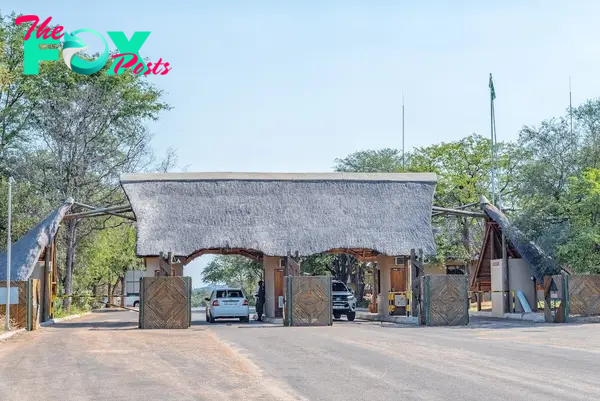
The Phabeni gate can be easily accessed from a town called Hazyview in a northeastern direction from Johannesburg, while the Crocodile Bridge gate takes you further east towards Mozambique after passing the city of Mbombela and turning off before Komatipoort.
I wouldn’t, however, recommend entering through the Numbi gate as there have been some safety issues in the past – and you know what they say, rather be safe than sorry!
Best Time to Visit the Park
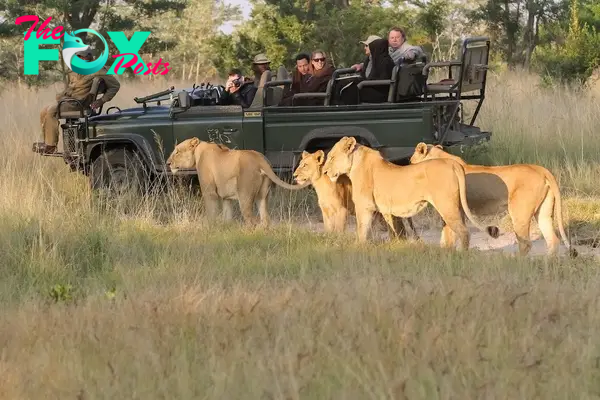
I get asked this question a lot, and since I’ve been to the park a few times, I might be able to shed some light on the subject. First things first, the Kruger Park is in the Lowveld, and it gets HOT!
Believe me, driving around the park in 40-degree heat without air-conditioning is not my idea of fun. So, I wouldn’t recommend visiting the park in the summer months. The game viewing is also not at its best during the hotter months.

Overall, the best time to visit is during the dry season, which runs from about May until September. There is virtually no rainfall during this time and as a result, the vegetation is much sparser which makes for easier game spotting. The other massive benefit is that because there is less water about, the animals tend to go in search of water, and you’ll often find them around the rivers and waterholes around the park.
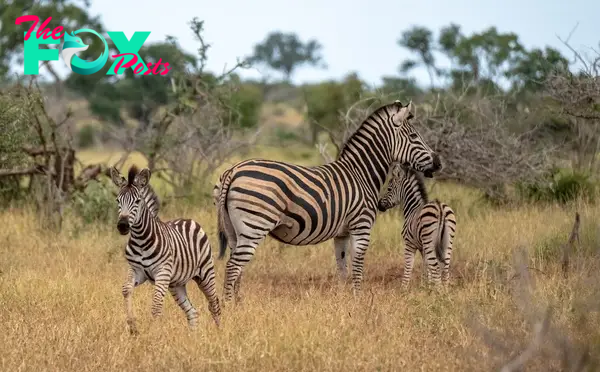
These permanent water sources often light up during the winter months and there is a hive of activity as the animals descend upon them to quench their thirsts.
What You Can Expect to See During Your Visit
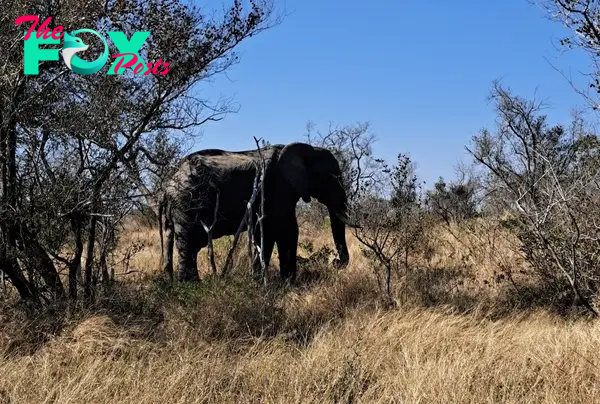
I mentioned the Big 5 briefly in the beginning of the article, but who exactly are they? The Big 5 are considered to be the most dangerous animals that hunters encounter on foot and is comprised of the Cape buffalo, rhino, elephant, leopard, and lion.
I have been lucky enough to see four of the five, although leopard continues to elude me. A much cuter “small 5” exists too, made up of the ant lion, buffalo weaver, elephant shrew, leopard toad, and rhino beetle, although their larger counterparts usually take centre stage.
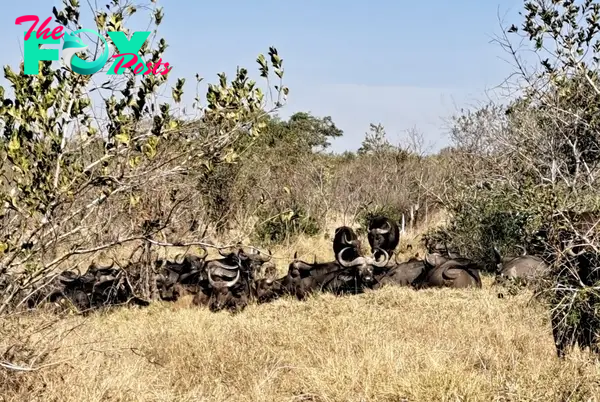
There are also many other animals that you will likely come across on your trip to the park. You can expect to see an abundance of zebra, kudu, impala, giraffe, hippo, warthog, and even crocodiles.
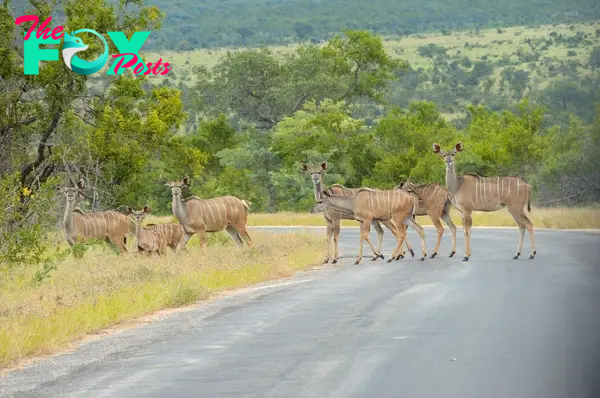
You might even strike it lucky, as did I, and spot a cheetah or two. Cheetahs are the fastest land Animals and can reach speeds up to 80 – 130kms per hour – imagine seeing one hunt at full speed!
But you can rest assured knowing that spending a few days in the park, you’re likely to cross off a good few Animals on the list. Maybe even a few of the Big 5!
Where to Stay
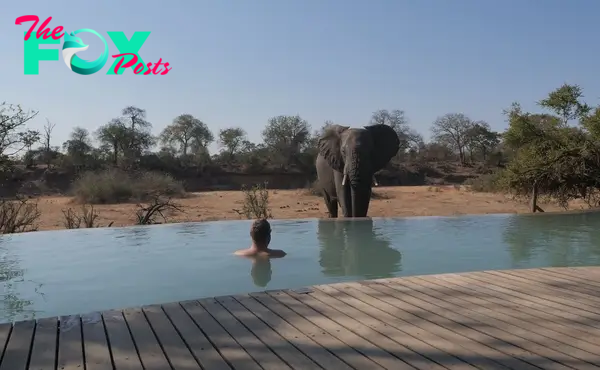
Now, when it comes to finding yourself a spot to stay in The Kruger National Park, there’s certainly no shortage. There are 21 rest camps, 15 private safari lodges, and a further 2 private lodge concessions to choose from. But don’t let this fool you, accommodation can, and does, book up quickly!
I decided to “rough it”, so to speak, and camped at the Pretoriouskop rest camp with a borrowed tent, in the middle of winter. Now, it could’ve worked out badly and all preparations were put in place to avoid hypothermia (I’m talking hot water bottles and electric blankets), but luckily it was one of the mildest weekends in terms of nighttime temperatures. Crisis was definitely averted!
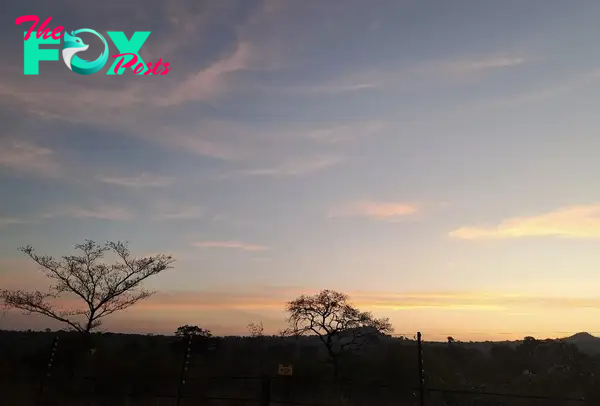
If you wish to take up a notch, most of the rest camps also have pretty decent chalets that have all the amenities that you’ll need for a weekend in the bush. All you really need is place to rest at night between busy days of Game drives and exploring the many corners of the park.
Some First-Hand Advice
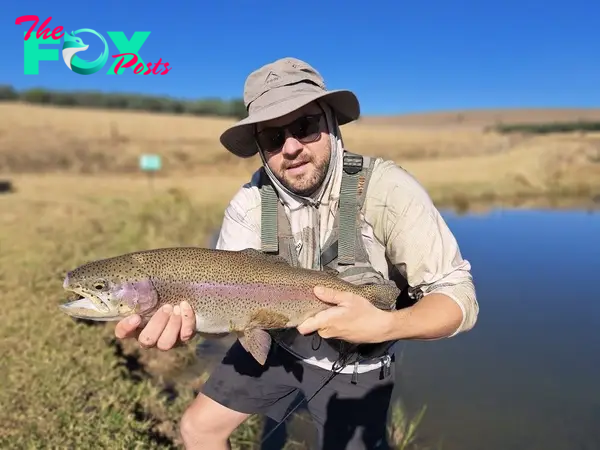
I always like to get going early, especially if there’s a hefty drive involved. Phabeni gate is about a 5-hour drive from Johannesburg so bear that in mind if you’re making the long drive from Johannesburg. I’d recommend, however, overnighting in a town like Dullstroom. It’s an awesome stop and has some great restaurants and you can even try your hand at a spot of fly fishing if you get in early enough!
There’s also an amazing whiskey bar that has the largest collection of whiskeys in the southern hemisphere – who would’ve thought! There are also some great accommodation options out of town that are usually on farms or small holdings with a variety of activities on offer, fly fishing being one of them. Highland Giants Estate is one option to check out if this option of overnighting tickles your fancy!
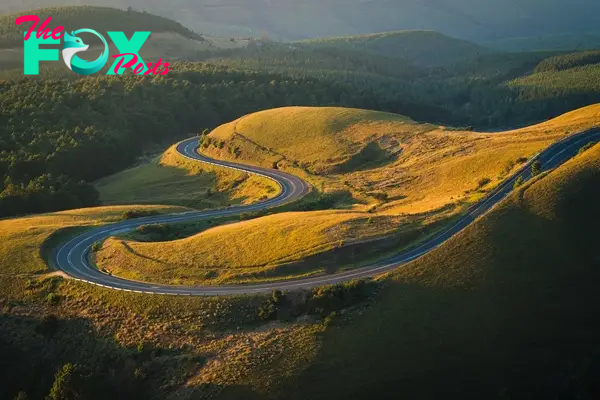 Long Tom Pass
Long Tom PassPro Tip: Be sure to stop off at the Hops Hollow Brewery on the Long Tom Pass as you take the Panorama Route en route to The Kruger National Park. A little beer tasting never hurt and the views are pretty spectacular along the way.
Some (not so) Secret Spots
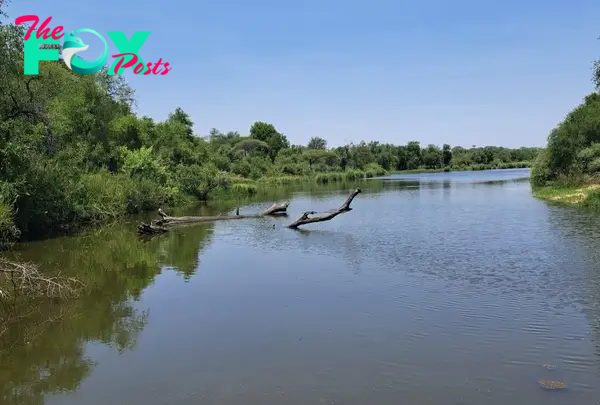
In terms of tips within the park, some of the stops and camps can charge premium, tourist-driven prices. One of my favourite spots for a reasonably priced lunch is at the Skukuza Golf Club, but also a great place to have a (wild) round of golf. And what’s more, the Lake Panic Bird Hide stop is on the way, which is a great stop for a spot of bird watching and spotting some hippos – and even the odd crocodile!
A Spot of Souvenir Shopping
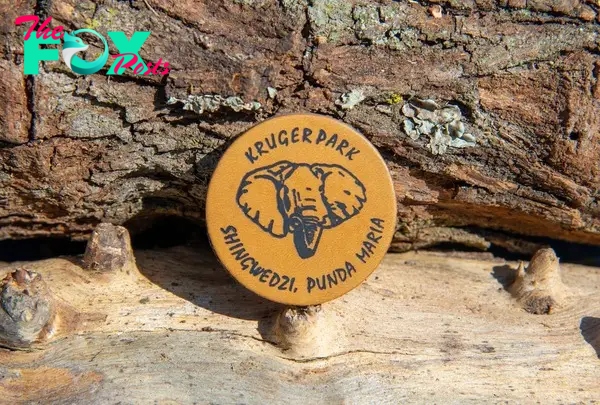
Aside from the amazing memories that will last a lifetime and the photographs to look back on, it’s also a nice idea to pick up a few souvenirs from one of the rest camps. Skukuza and Lower Sabie Rest Camps not only offer a great opportunity for a bite to eat, but also to pick up a little token to remember your trip by.
Whether a small key chain or fridge magnet, it’s a little reminder of (I’m confident in saying) an amazing trip to The Kruger National Park.
-
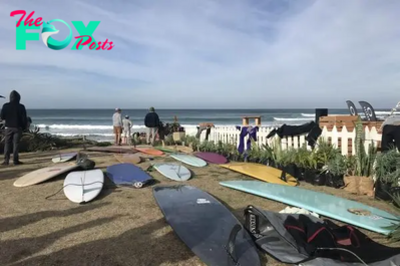
 Travel13h ago
Travel13h ago14 Fun Things to Do in Jeffreys Bay
-
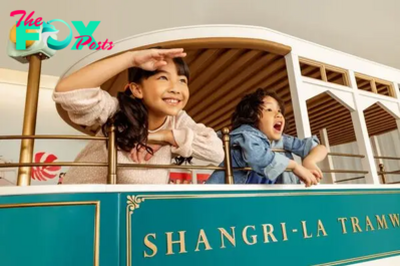
 Travel23h ago
Travel23h agoEnter a World of Imagination at Island Shangri-la’s New Family Suites
-
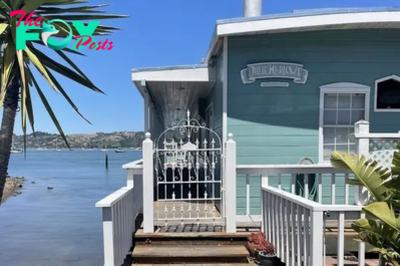
 Travel1d ago
Travel1d agoHow to Visit Sausalito from San Francisco
-
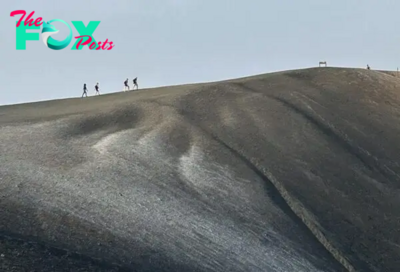
 Travel1d ago
Travel1d agoHow to Do Volcano Boarding at Cerro Negro in Leon
-
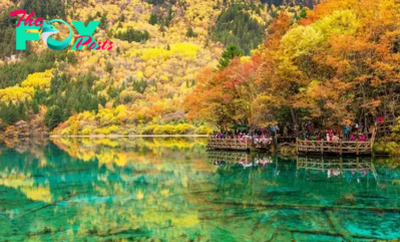
 Travel1d ago
Travel1d agoUncover the Mystical Colors of Jiuzhaigou National Park
-
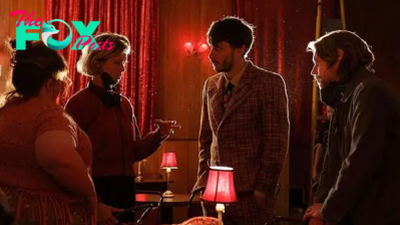
 Travel2d ago
Travel2d agoExplore the Filming Locations of Baby Reindeerin UK and Edinburgh
-
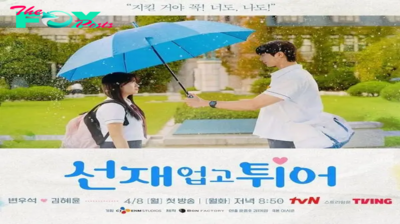
 Travel3d ago
Travel3d agoTravel to the Stunning Lovely Runner Shooting Locations Across Korea
-
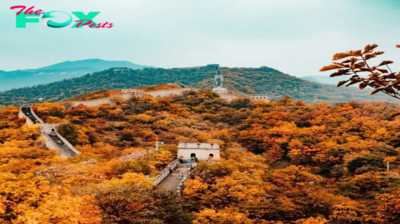
 Travel4d ago
Travel4d agoChina Extends Visa-Free Travel to 12 Countries Till 2025
